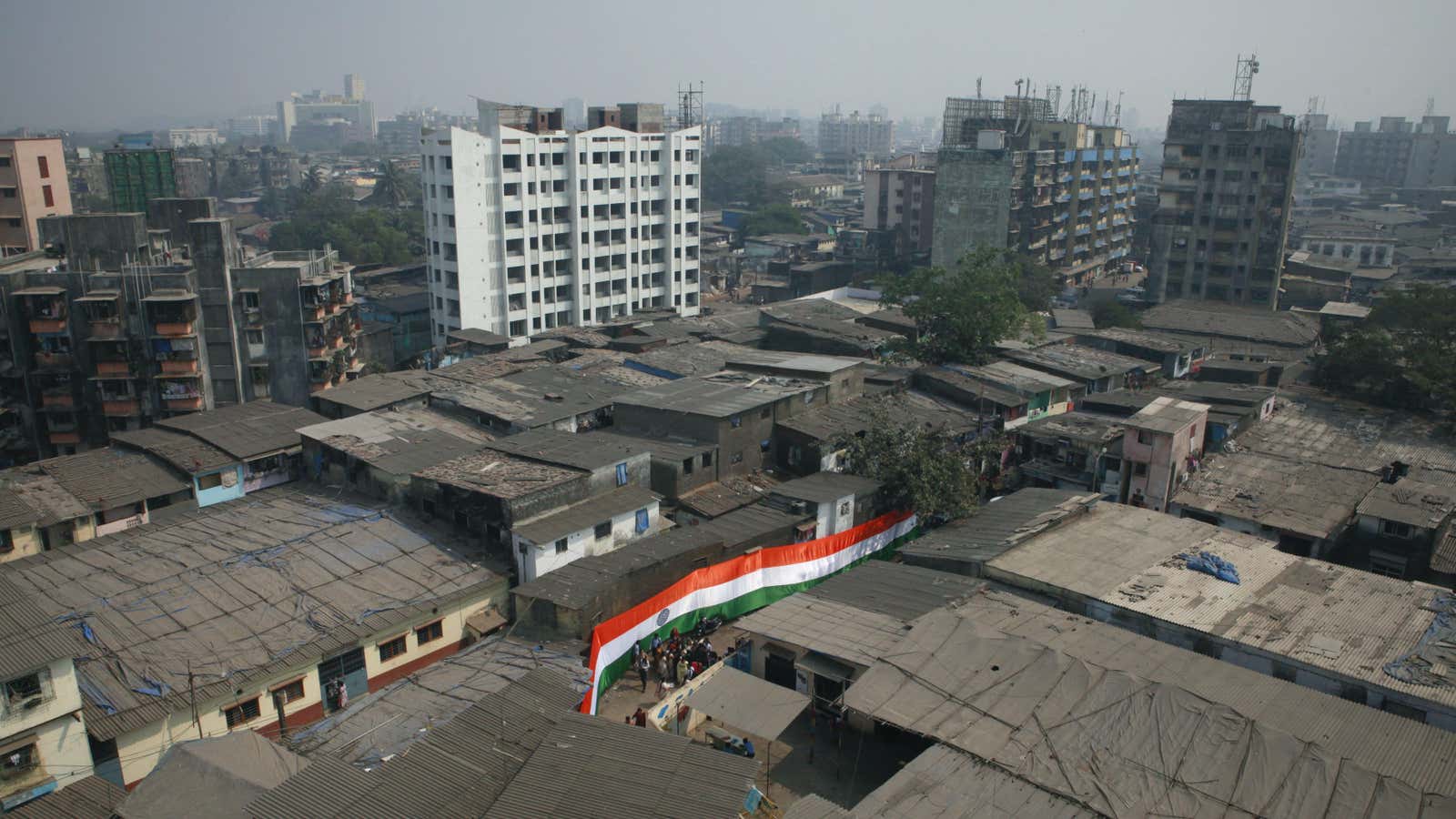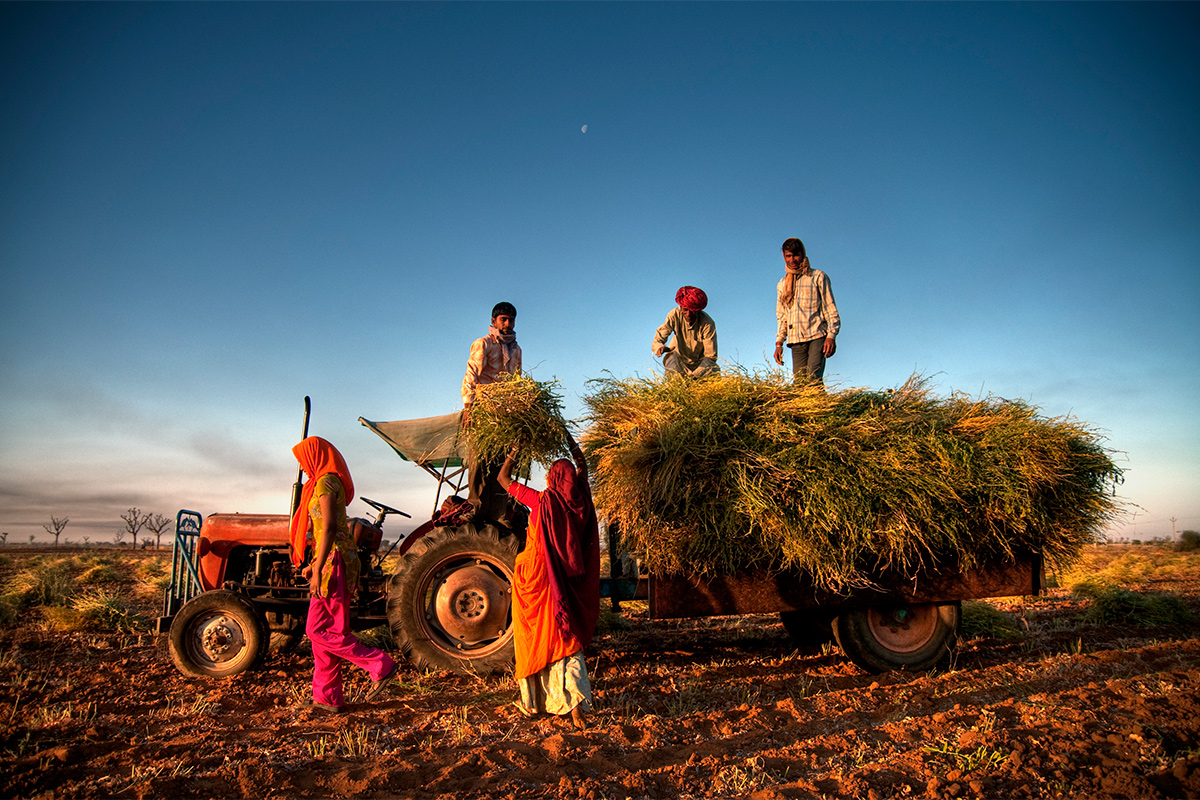The Fastest Growing G20 Nation And Also The Poorest: The Ultimate Paradox That Is India

The complexities of India and it’s growth explained as Raghuram Rajan calls it the poorest G20 nation
“India is two countries in one: an India of light and an India of darkness”, Booker-prize winner Arvind Adiga had once said. The reality of this sentence is reflected every day in the lives of fellow Indians.
The striking contrast between poverty and wealth is avidly visible in India, whose most popular city, Mumbai has the most expensive house in the world, Antilia, as well as the largest slum, Dharavi.

This contrast is not only philosophical but also economic. And as pointed out by the former governor of the Reserve Bank of India (RBI), Raghuram Rajan, “India is the fastest growing G20 nation, and also the poorest one”.
The G20 is an international forum that comprises 19 countries and the European Union. Namely the U.S.A, U.K, Canada, China, Indonesia, Japan, Korea, Brazil, Australia, Russia, Saudi Arabia, Mexico, Turkiye, South Africa, European Union and India.
Comparing the data of all the G20 countries, India is the sixth largest economy (European Union added as one single entity) and has the highest growth rate of 7.7%. But calculating the GDP per capita where the output is calculated in the context of each person’s contribution, India ranks last.
India also ranks last in the Human Development Index which measures a country’s overall human development through education, standard of living, and health.
 Apart from this, many such contradictions exist within India, such as:
Apart from this, many such contradictions exist within India, such as:
- Among the G20 countries, India ranks 3rd in birth rate and fertility rate, and also 2nd in child mortality (number of children out of 1000 that die before they turn five)
- India ranks last in urban population, meanwhile tops in the rural population ranking.
- The International Monetary Fund (IMF) has forecasted India with the highest growth rate until 2028, meanwhile in the Economic Freedom overall indexes, the same country ranks second last.
- India ranks 4th in military spending, allocating around INR 6.21 lakh crore. Meanwhile, it also ranks last for hospital resources spending and life expectancy rate.
[This data is a comparison of nineteen G20 countries and the EU, does not represent a global level]
The conundrum of India in the arena of politics, culture, economy, and society is endless. But as the former RBI governor talks about India being the poorest G20 country, “missing the manufacturing bus”, and being an agrarian economy; what are the implications of these statistics?
The downside of an agrarian economy
 India’s saving grace in the face of rampant poverty and unemployment has been agriculture. The Indian economy is still primarily agrarian in nature. Which has aided the country in being one of the largest exporters of agricultural produce.
India’s saving grace in the face of rampant poverty and unemployment has been agriculture. The Indian economy is still primarily agrarian in nature. Which has aided the country in being one of the largest exporters of agricultural produce.
But the dependency of the youth for jobs in the agricultural sector is a travesty according to Rajan. That is because agriculture is a seasonal and volatile sector to engage in. Most disguised or seasonal unemployed in India are those engaged in this sector.
It is also fragile in the sense that it gets very affected by shifts in market forces, technological changes, inflation, weather and season, and trading policies.
Adding on to that farming is also an informal sector with high cases of worker exploitation, bondage labor, and debt traps. The rise of farmer suicides in the country is a testament to this problem.
Most developing countries that are engaged in agriculture are also only contributing towards producing a basic means to an end. They do not manufacture the heavy machinery that they need. The cost of these machines and their implementation is more than the cost of produce harvested and sold.
Therefore, the former RBI governor rightly said that for a fast-developing nation, dependency on agriculture is a travesty.
Missing the manufacturing bus

Most of the affluent countries of the world are manufacturers and innovators. Whether it is the U.S.A. for weaponry, Germany for automobiles, Japan for electronics, or China for almost everything; these countries have successfully capitalized on their resources.
For India, Rajan says that the share of people in manufacturing is “flat”. But it’s not just the share of people, the whole secondary sector in India has fallen flat.
Even though the ruling government has welcomed many MNCs into the country to start their operations, a lot of them have shut shops quoting unfriendly business environments.
Many foreign and domestic manufacturing giants have found India to be a complicated turf to do business in. Out-dated labor laws, informal labor, lack of investment, growing competition, market uncertainty, and heavy taxes are burdens on every potential manufacturer.
Hence, Raghuram Rajan asks if India has missed the manufacturing bus.
Unconvincing growth rate

The erstwhile governor has raised questions about India’s growth rate. He says that the real growth could be around 6% and the 8.5% that is being touted.
His reasons for these doubts are that if India is really growing at such an accelerated rate then why is there no inflation? As Rajan explains, in case of such growth the inflation rates skyrocket as labor and wage rates also go up. Instead, there is a surplus of labor for the farming sector. There is also a lack of demand among people post-pandemic.
The distorted growth rate of India is also a reflection of the unequal wealth distribution of the country. The gap and segregation between rich and poor and between urban and rural has widened.
The World Inequality Lab conducted a research that found that the top 1% of India held around 40% of the total wealth. While the bottom and middle 50% and 40% have deteriorated respectively. India’s wealth of 140 crore is concentrated among the 140 lakh.
This new share of wealth is even worse than during the colonial era when the top 1% held 22% of wealth.
All these aspects of flaws that Raghuram Rajan discussed, used to be China’s drawbacks as well. But the giant nation has turned every flaw into a benefit and has left everyone in the dust in the global race of power.
What is it that China has done right, while India still lags behind?
 “Crouching tiger, hidden dragon”, this title is apt for China given how slowly it has developed itself to take monopoly over the world. Reeling from opium abuse, abject poverty, and fragmented regions, the nation has built itself up in unimaginable ways.
“Crouching tiger, hidden dragon”, this title is apt for China given how slowly it has developed itself to take monopoly over the world. Reeling from opium abuse, abject poverty, and fragmented regions, the nation has built itself up in unimaginable ways.
India also started from minus again after independence and has tried to fight all evils as well. But unfortunately, India on the other hand has not been successful in leaving the past behind. Many things have not since independence, and certain things have gotten worse.
One of the reasons for this difference between the two countries is that China has been able to tackle its poverty issue. Hygiene, education, health, and employment, were all these issues that used to plague China too, but they brought reforms and made sure they were properly implemented and executed. India has also introduced reforms, but the implementation has been questionable while the execution has been negligible.
Some of China’s best reforms have been :
- Land reform system in the 1950s, where land that was concentrated with the landlord was distributed among the peasants.
- The “Five Year Plan” in the same decade shifted China’s economy which was 88% agrarian to manufacturing industries.
- Levying low taxes and duties on imported and exported goods, thereby improving the ease of doing business for foreign customers.
- Establishment of an effective network of manufacturers, suppliers, distributors, and consumers.
- Heavy investments in real estate.
- China has lower labor costs akin to other developing countries but with more skills and experience.
- Education is funded by the government. More funds are also allocated to education and research.
- Lifted people out of poverty by mobilizing them and eradicating barriers rather than handing out freebies.
 These are some of the reforms that China implemented to alleviate itself as a real superpower. While India still dreams of it. And as per Raghuram Rajan, India should strive to improve the secondary sector of the country rather than replicating China’s development through manufacturing. But along with that the country also needs to form a better environment for innovation rather than just being a hub for out-sourcing.
These are some of the reforms that China implemented to alleviate itself as a real superpower. While India still dreams of it. And as per Raghuram Rajan, India should strive to improve the secondary sector of the country rather than replicating China’s development through manufacturing. But along with that the country also needs to form a better environment for innovation rather than just being a hub for out-sourcing.




